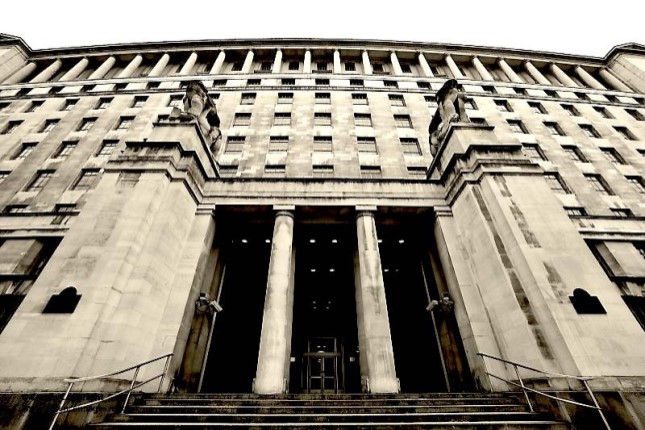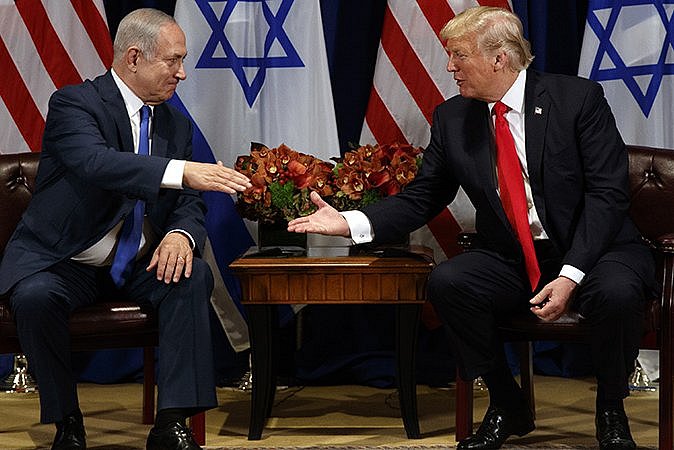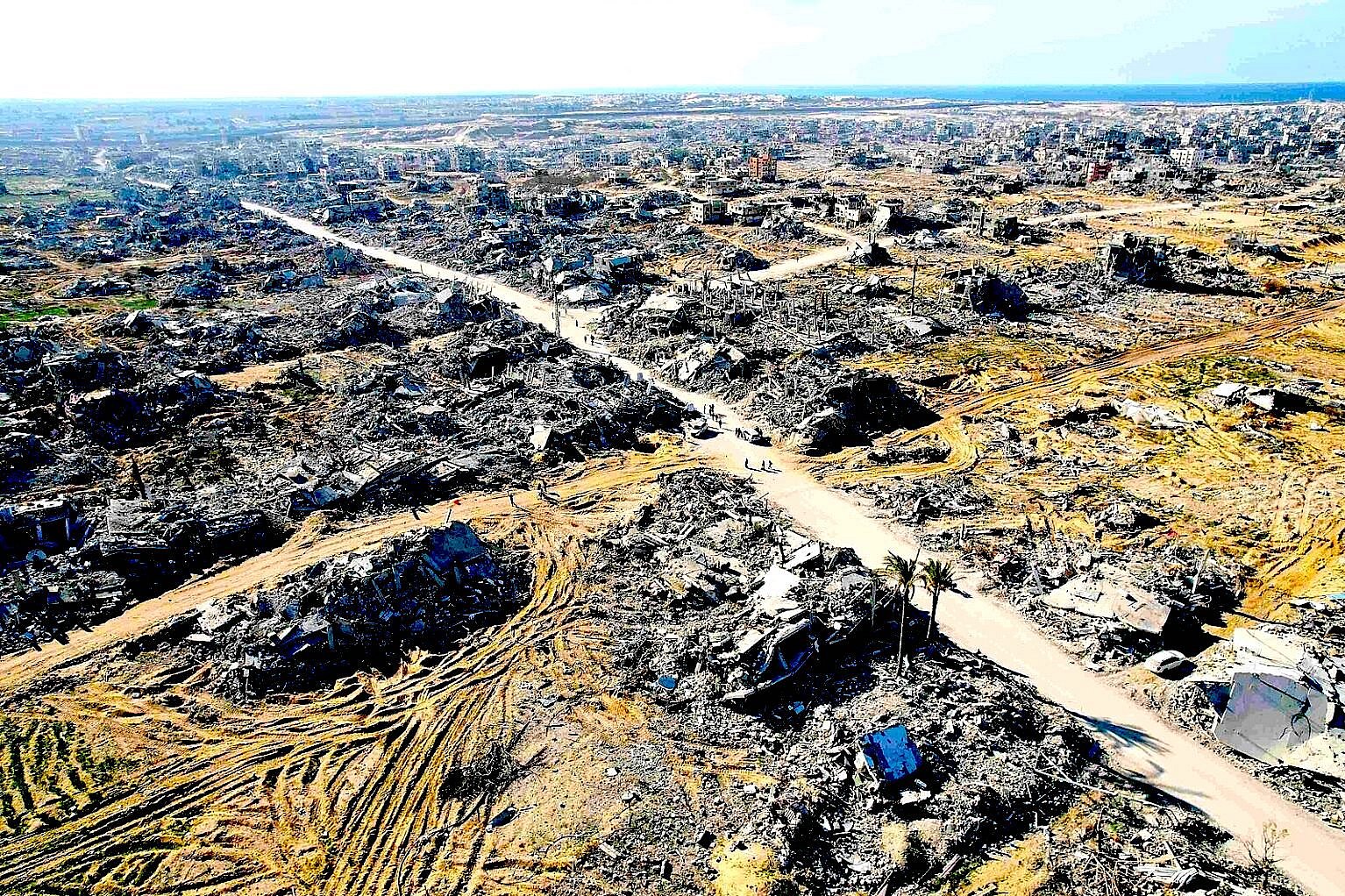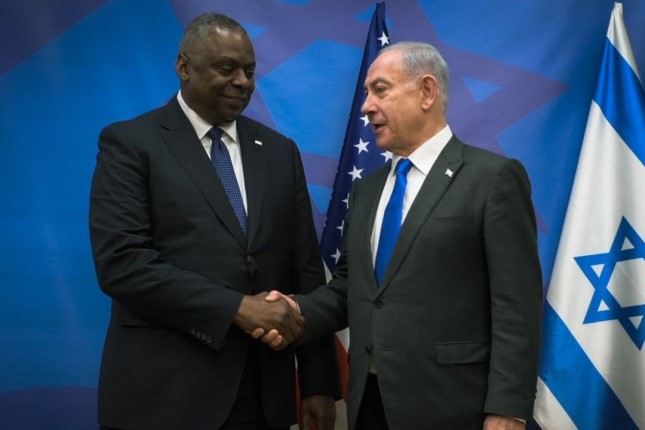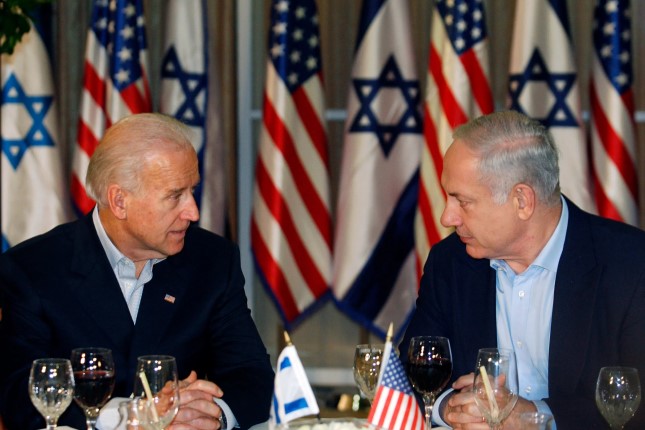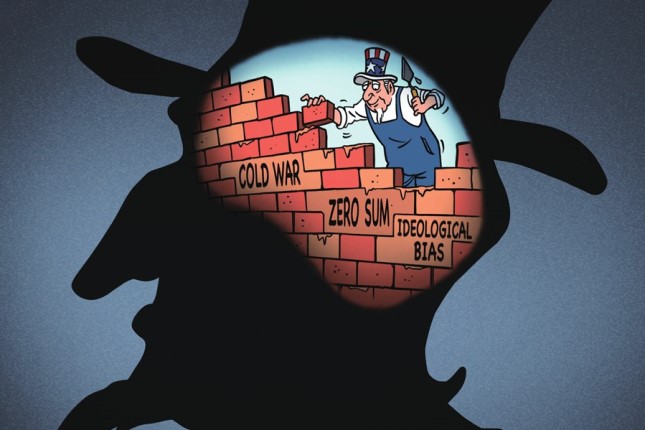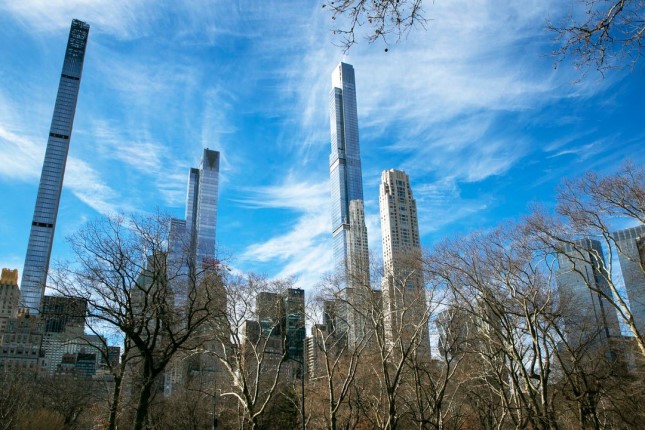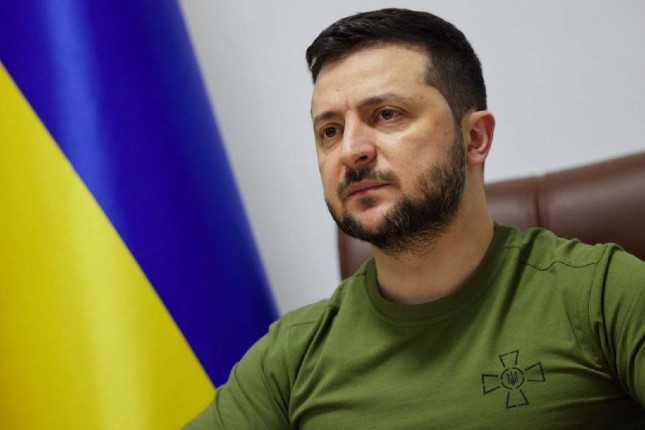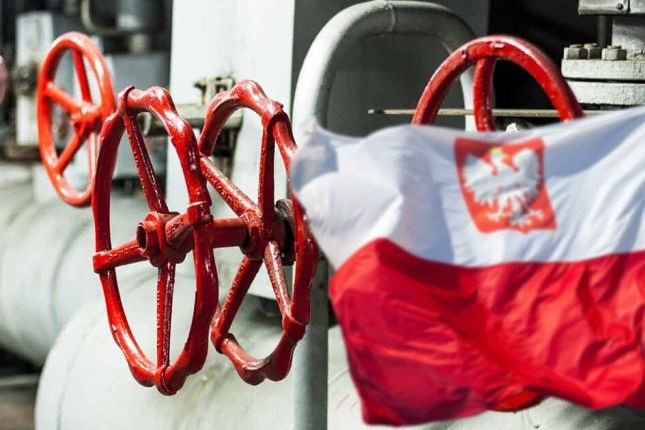“A significant proportion of our lethal aid [for Ukraine] is procured overseas and for both operational and commercial reasons, the detail of these contracts will not be published,” the Ministry of Defence (MoD) has told Parliament.
The announcement raises suspicion that Britain is sending more controversial weaponry to Ukraine that it does not want made public.
Declassified first reported last week that the U.K. was sending ammunition containing depleted uranium to Ukraine. Vladimir Putin, the Russian president, responded by announcinghe would station tactical nuclear weapons in neighbouring Belarus.
The MoD said the only contracts it will publish will be those with British companies for equipment replenishing existing stockpiles.
It is unclear which foreign companies the government does not want to reveal its contracts with — or what weapons systems they are for.
The U.K. provided £2.4bn in military equipment to Ukraine in 2022 — more than any country other than the United States. It has committed to providing the same amount in 2023.
The U.K. has supplied 10,000 anti-tank weapons, including 5,500 NLAWs, which are designed by Saab in Sweden and made by French arms manufacturer Thales in Belfast. The U.K. has also provided Javelin and Brimstone missiles.
U.K. lethal aid to Ukraine has also included thousands of surface-to-air missiles including Starstreak, again produced by Thales.
“The U.K. arms export regime is defined by a chronic lack of transparency,” Katie Fallon, advocacy manager at Campaign Against the Arms Trade (CAAT), told Declassified.
“That the public might never know how a large part of the weaponry budgeted for Ukraine is being spent, not only raises the risk of corruption, profiteering and procurement of inappropriate equipment, but it also reduces the ability of the U.K. public to provide badly needed scrutiny of government actions taken in their name.”
Long-Range
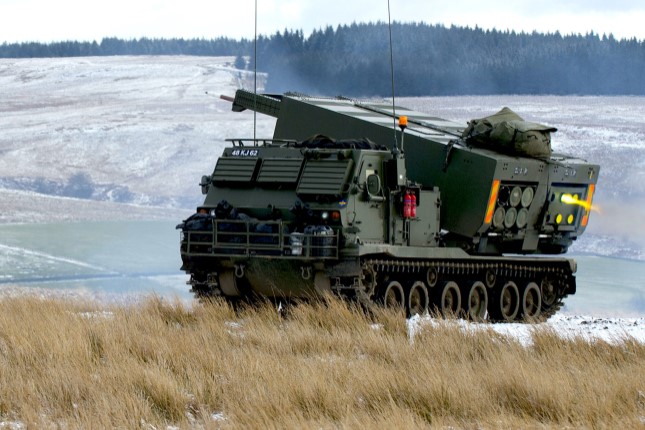
British M270 firing at the Otterburn training area in the north of England in 2015. Photo: Jamie Peters / MOD / Wikimedia Commons.
Other U.K. supplies include military systems with the potential to reach into Russia from bases in Ukraine.
This includes three M270 long-range multiple launch rocket systems, which have a range of up to 186 miles, putting Russian cities within range.
In April 2022, U.K. Defence Minister James Heappey backed Ukraine carrying out strikes inside Russia using weapons provided by Britain.
Heappey said it was “completely legitimate for Ukraine to be targeting in Russia’s depth in order to disrupt the logistics that if they weren’t disrupted would directly contribute to death and carnage on Ukrainian soil.”
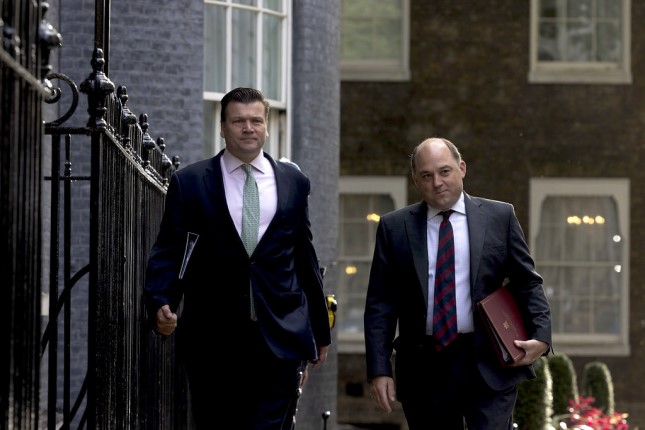
U.K. Defence Minister James Heappey, left, with Secretary of State for Defence Ben Wallace in September 2022. Photo: Simon Dawson / No 10 Downing Street.
Last month, Prime Minister Rishi Sunak said the U.K. would start providing Ukraine with “longer range capabilities” in its next package of military assistance in order to “disrupt Russia’s ability to continually target Ukraine’s civilian and critical national infrastructure and help relieve pressure on Ukraine’s frontlines.”
Details of those long-range capabilities were not provided. But they are believed to include the provision of Storm Shadow air-launched cruise missiles, which weigh 2,900 pounds and can travel up to 155 miles. They were used by the RAF during NATO’s 2011 war in Libya.
BAE Systems
BAE Systems, the UK’s dominant arms company, notched up record orders of £37.1 billion last year amid what it called an “elevated threat environment” after the Russian invasion of Ukraine.
The company said: “While it is tragic that it took a war in Europe to raise the awareness of the importance of defence around the globe, BAE Systems is well positioned to help national governments keep their citizens safe and secure in an elevated threat environment.”
U.K. Defence Secretary Ben Wallace recently said he met with BAE “a number of times” in 2022. “This has included one-to-one meetings, wider group meetings, such as the Defence Suppliers Forum, and site visits,” he said. “Support to Ukraine was discussed on most of these occasions including how the Ministry of Defence was supporting Ukraine directly”.
The MoD recently said it “continues to pursue all avenues to meet critical Ukrainian requirements at the quantities and pace required.”
Main photo: Ministry of Defence headquarters in London © Harland Quarrington / Defence Imagery / Flickr.
Source: Consortium News.
